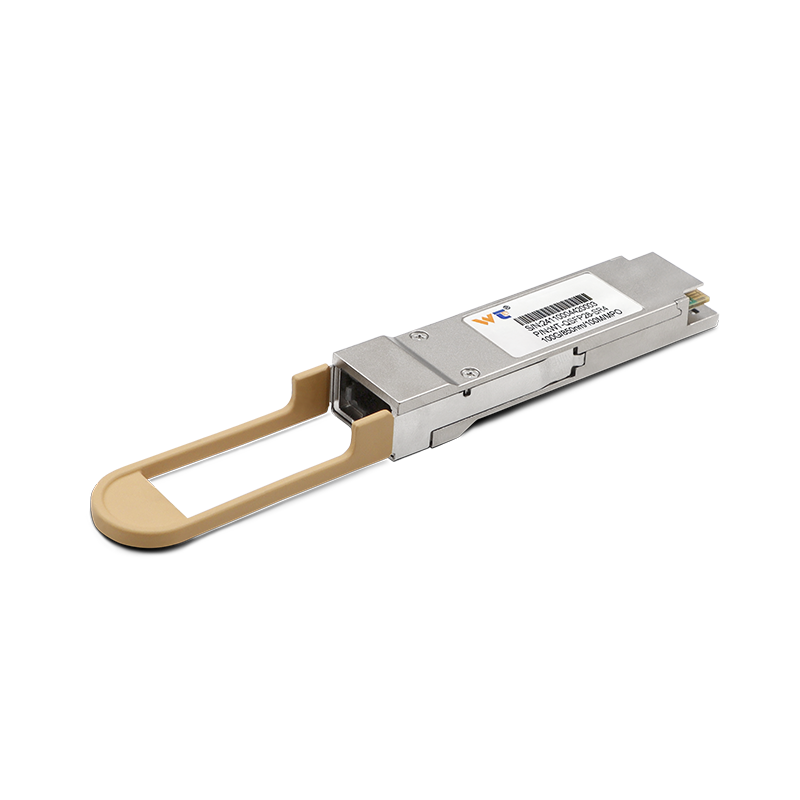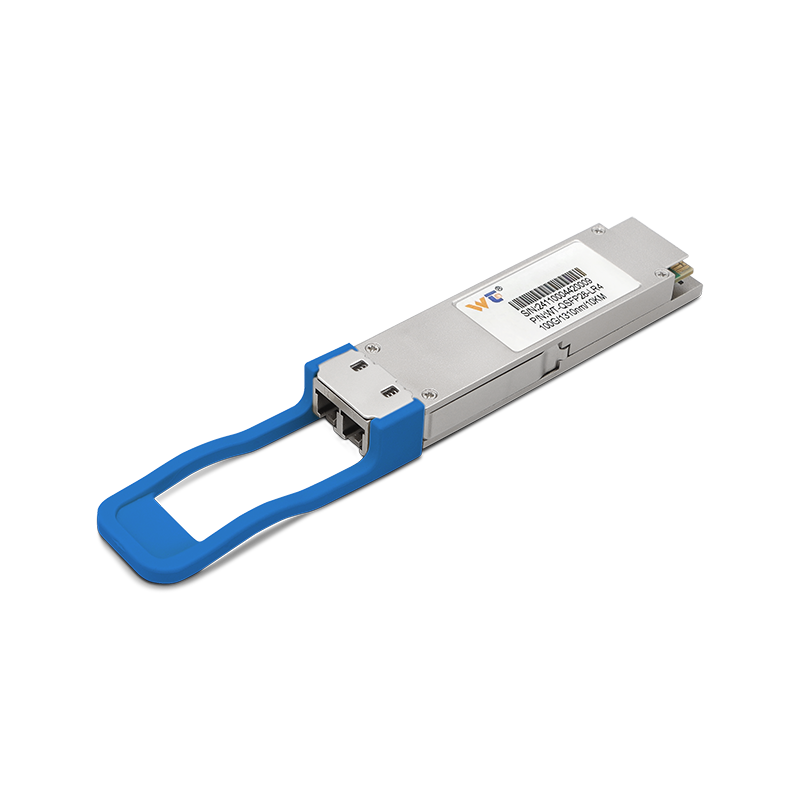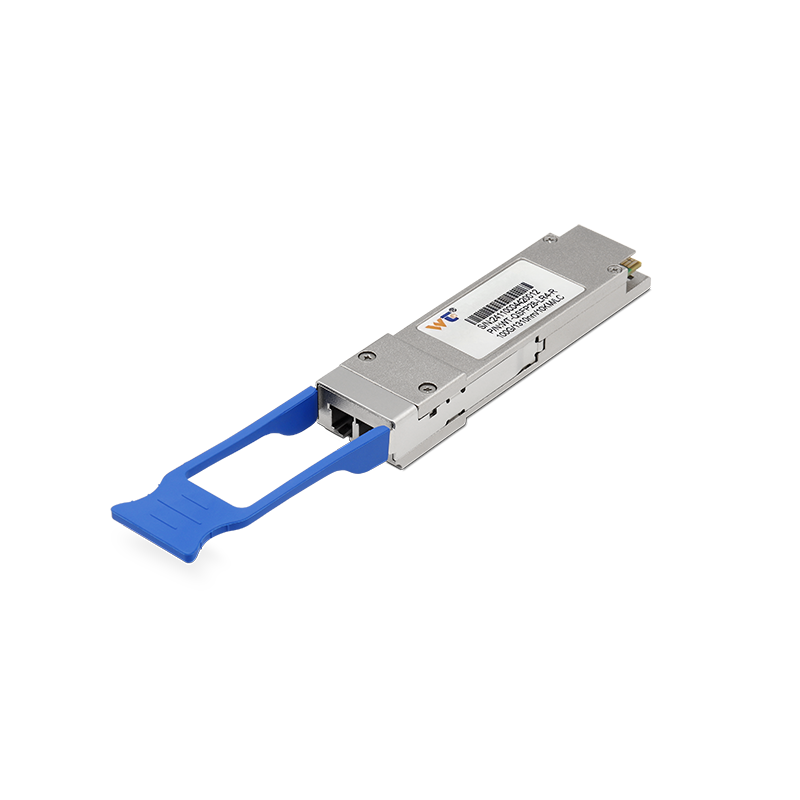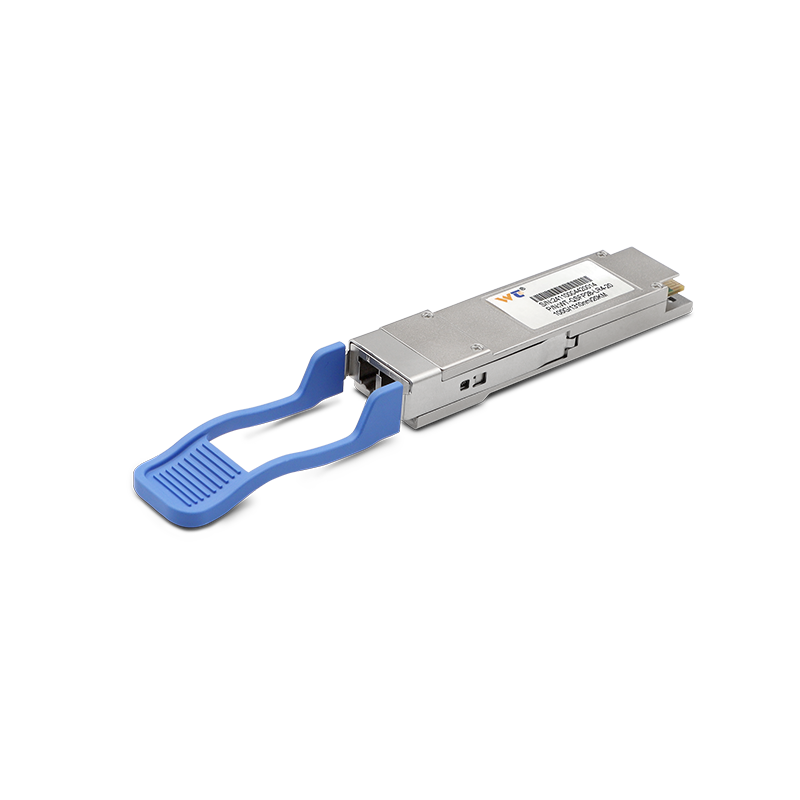In the complex world of networking, many of us have pondered whether MAC addresses, those identifiers for our devices, can pinpoint their locations in the physical realm. At first glance, this idea seems logical, but as we peel back the layers, we realize just how limited MAC addresses truly are when it comes to tracking devices. So, let’s embark on a journey together to clear up some of the misconceptions surrounding MAC addresses and understand their actual role in network identification versus where devices are physically situated.
Understanding MAC Addresses: A Media Access Control (MAC) address is like a unique name given to a network interface card (NIC) that allows it to communicate over a physical network. Each MAC address is distinctive, composed of six pairs of hexadecimal digits (think of something like 00:1A:2B:3C:4D:5E). This uniqueness is what makes MAC addresses great for identifying devices within a local network. However, here’s the catch: while they are essential for local communication, they don’t really help us figure out where a device is in the larger world. MAC addresses are confined to local area networks (LANs) and work within the parameters of Ethernet and Wi-Fi protocols. They help devices chat with each other without needing to know anything about their geographical whereabouts.
So, what’s the crux of the issue? The structure and operation of networks play a massive role. At the link layer, MAC addresses allow devices to connect and communicate within the same local network, but once you go beyond that, it’s a different story. MAC addresses don’t get routed outside of local networks, making it impossible to track a device based solely on its MAC address when venturing into the vast expanse of the Internet. This limitation can be quite significant, especially when you consider that devices move around, IP addresses change dynamically, and access points are constantly being swapped out in mobile scenarios.
Grasping how MAC addresses work also means looking at how they interact with different protocols. Take the Address Resolution Protocol (ARP), for instance. It helps translate IP addresses into MAC addresses, allowing devices to identify each other on the same network. But here’s where things get murky: if a device moves to another network, its MAC address remains constant, but its IP address changes. This shift can lead to confusion regarding its real physical location. Adding another layer of complexity, many network privacy policies often mask MAC addresses to prevent tracking, making it even trickier to link them with specific locations.
To truly dive into this topic, we can approach it step by step. Start with a network scan at home using tools like Wireshark. Check out all the active MAC addresses around you. Then, analyze the data to see how these MAC addresses help devices communicate within the network. Next, you might want to use data aggregation techniques to uncover usage patterns and network behavior. Finally, don’t forget to check out the routing protocols to see how MAC addresses and IP addresses work together.
Now, let’s daydream a bit, shall we? Imagine if we could combine MAC addresses with real-time location data. How exciting would that be? This could open endless possibilities, especially with Internet of Things (IoT) applications. Think about geofencing, for example. It could use MAC addresses as a piece of the puzzle, but only when paired with GPS and other forms of verification. Such integrations could take location-based services to a whole new level.
Can MAC addresses lead us to track devices across different networks? In short, no way! Since MAC addresses are strictly for local networks, they just don’t make the cut for tracking devices over the Internet.
A Call to Action: If you’re diving into networking, grasping these ideas is essential. Get hands-on with this! Set up a little lab at home and watch how MAC addresses operate in real-time. Monitor different devices and witness their interactions. This kind of practical experience will deepen your understanding of what MAC addresses are and the limitations they present when it comes to pinpointing locations.
In wrapping up, while MAC addresses are incredibly useful for identifying devices and enabling communication within local networks, they do little to shed light on where those devices are physically located. Their nature keeps them tied to local contexts, which restricts their geographical utility. For accurate tracking, we need to find ways to integrate additional technologies and information. Reflecting on MAC addresses leads us into exciting discussions about future advancements, particularly in IoT and smart environments. When we understand their nature and constraints, we can truly start innovating and improving how we approach network engineering and device tracking. The potential of MAC addresses shines brightest when we utilize their strengths alongside other technologies, paving the way for exciting future applications!






